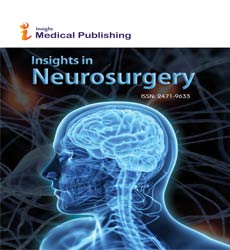Abstract
Epigallocatechin-3-Gallate Loaded PEGylated-PLGA Nanoparticles: A New Anti-Seizure Strategy for Temporal Lobe Epilepsy
Temporal lobe epilepsy is the most common type of pharmacoresistant epilepsy in adults. Epigallocatechin-3-gallate has aroused muchinterest because of its multiple therapeutic effects, but its instability compromises the potential effectiveness. PEGylated-PLGA nanoparticles of Epigallocatechin-3-gallate were designed to protect the drug and to increase the brain delivery. Nanoparticles were prepared by the double emulsion method and cytotoxicity, behavioral, Fluoro-Jade C, Iba1 and GFAP immunohistochemistry studies were carried out to determine their effectiveness. Nanoparticles showed an average size of 169 nm, monodisperse population, negative surface charge, encapsulation efficiency of 95% and sustained release profile. Cytotoxicity assays exhibited that these nanocarriers were non-toxic. Neurotoxicity and immunohistochemistry studies confirmed a decrease in neuronal death and neuroinflammation. In conclusion, Epigallocatechin-3-gallate PEGylated-PLGA nanoparticles could be a suitable strategy for the treatment of temporal lobe epilepsy.
Author(s):
Amanda Cano
Abstract | PDF
Share this

Google scholar citation report
Citations : 31
Insights in Neurosurgery received 31 citations as per google scholar report
Abstracted/Indexed in
- Google Scholar
- Directory of Research Journal Indexing (DRJI)
- WorldCat
- Secret Search Engine Labs
Open Access Journals
- Aquaculture & Veterinary Science
- Chemistry & Chemical Sciences
- Clinical Sciences
- Engineering
- General Science
- Genetics & Molecular Biology
- Health Care & Nursing
- Immunology & Microbiology
- Materials Science
- Mathematics & Physics
- Medical Sciences
- Neurology & Psychiatry
- Oncology & Cancer Science
- Pharmaceutical Sciences
